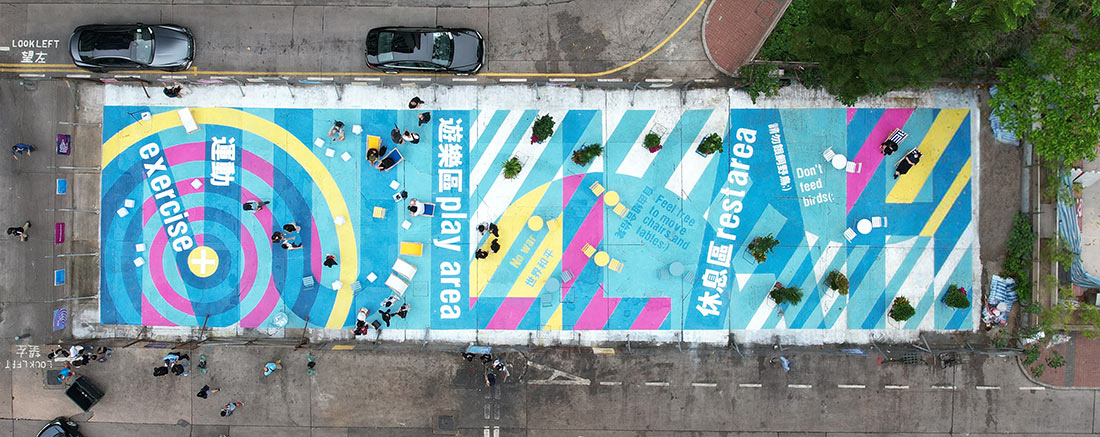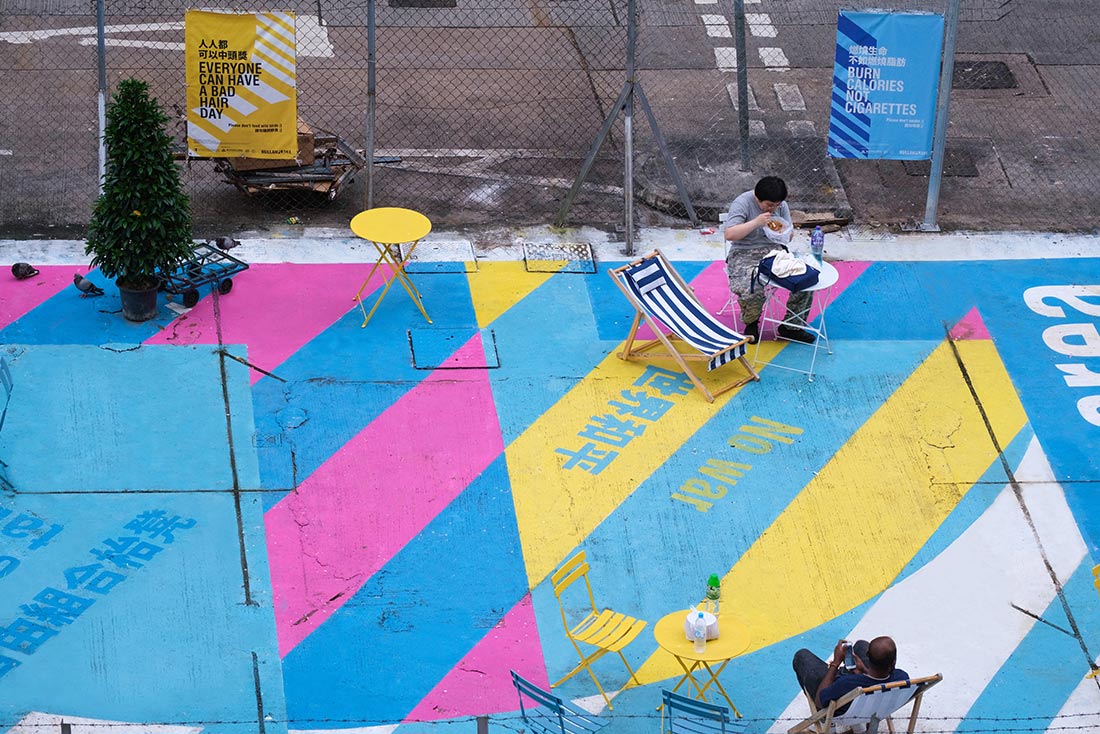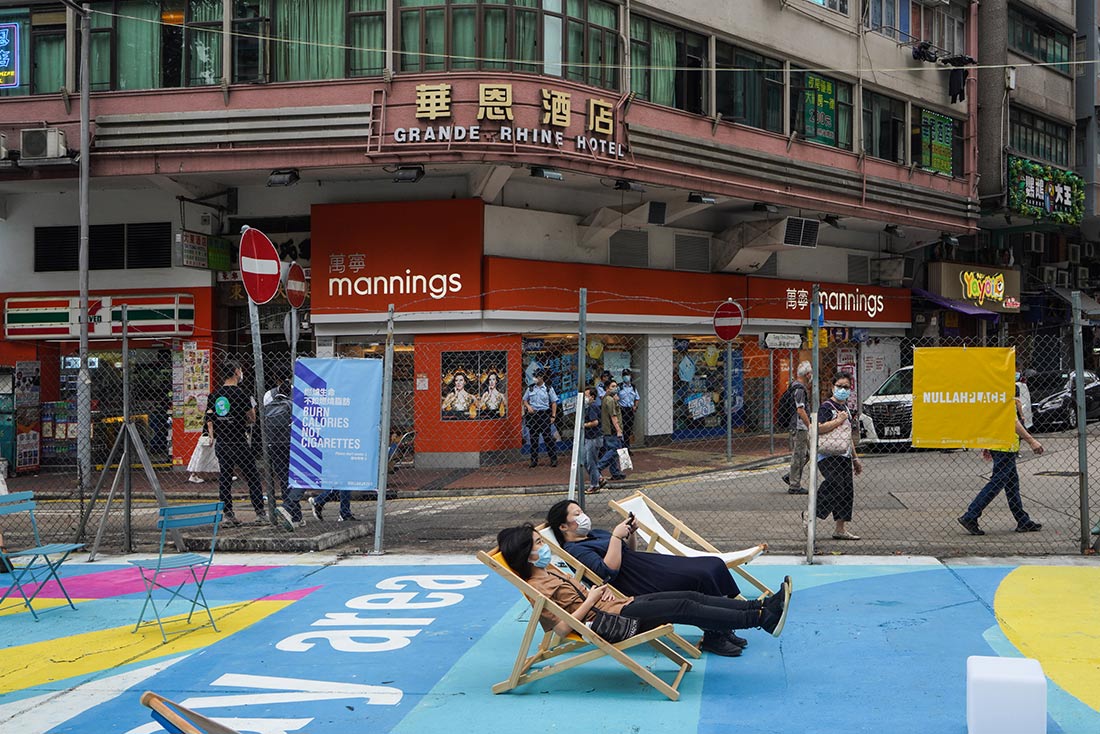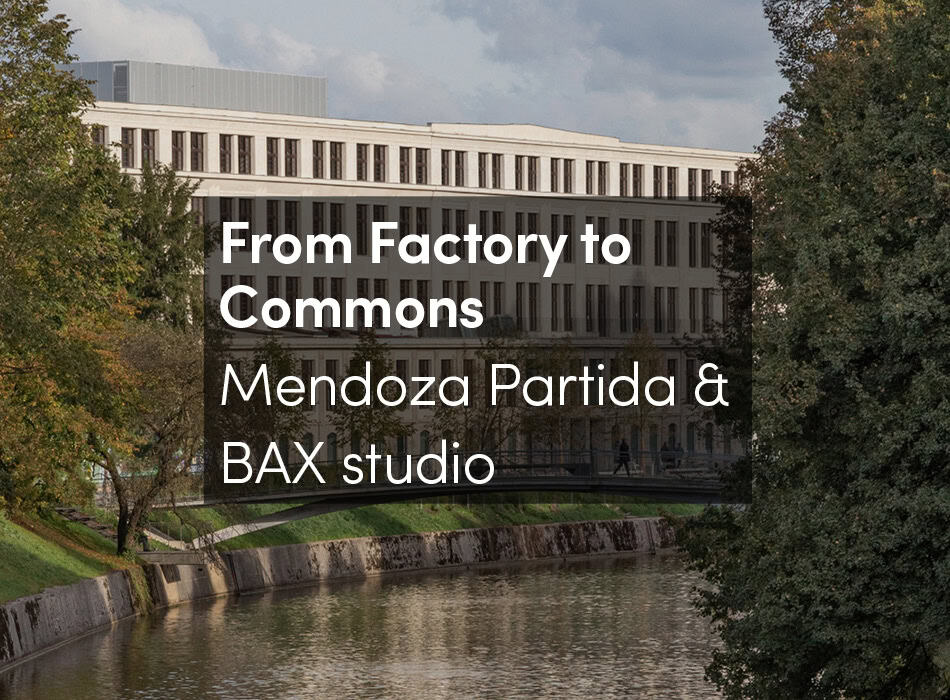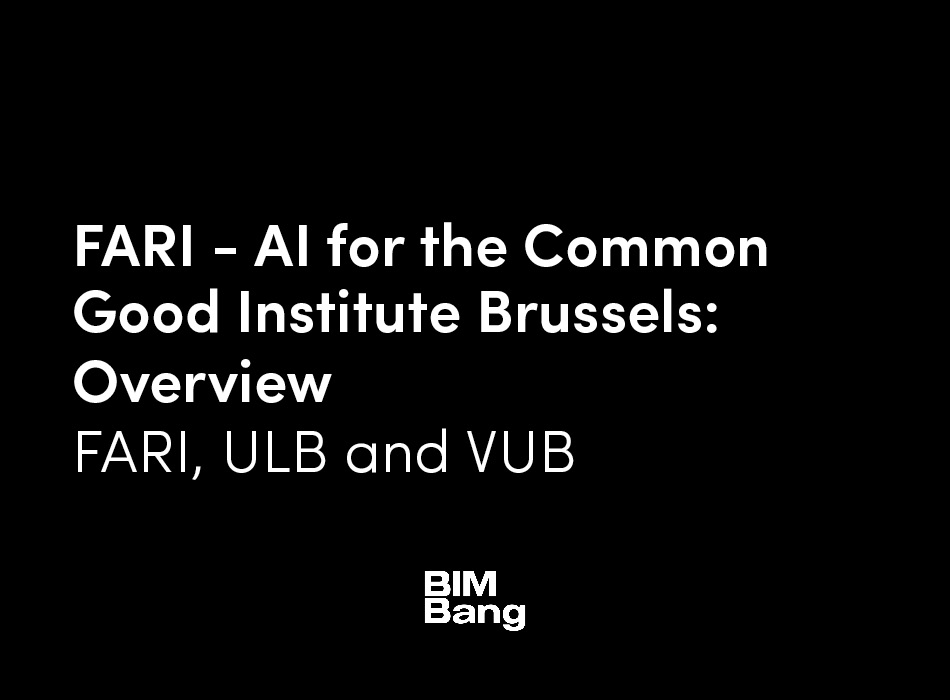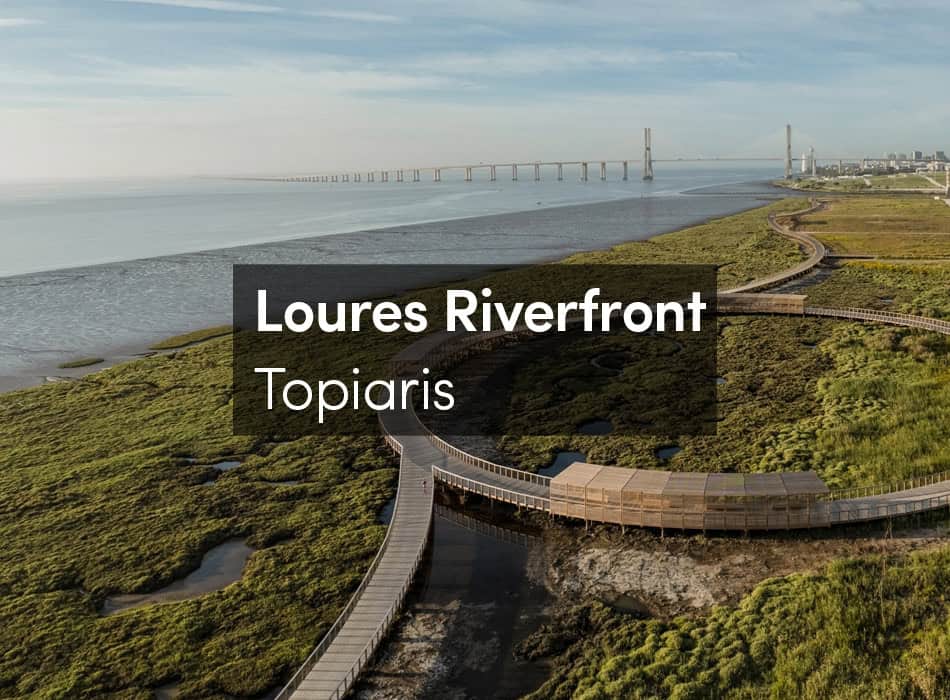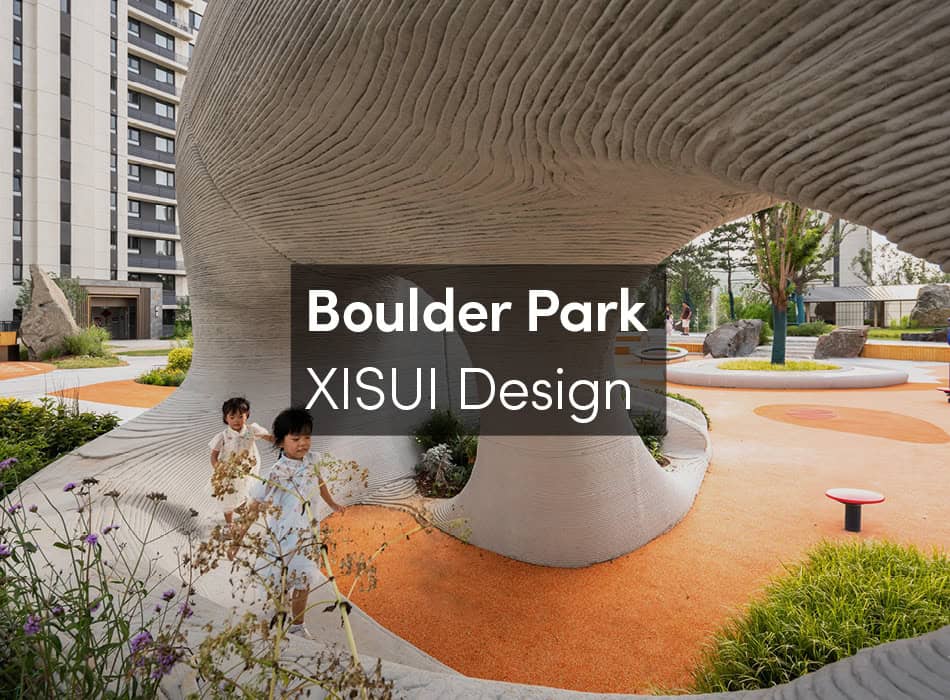In Hong Kong, the intensive use of the territory and the lack of available land for development have determined an intense form of vertical urbanism where public spaces have never been a key component of the urban development (Rossini, 2014, 2018). Several studies have indicated the importance of public open spaces in creating leisure opportunities as well as in connecting people and the community as a whole. Unfortunately, however, as argued by Xue and Manuel (2001), in Hong Kong, city planning strategies have not been effective in creating comprehensive plans for the development of this critical urban resource. Limited land supply and laissez-faire government policy have adversely affected the availability of open spaces in core urban areas, as well as their spatial qualities. That being said, the lack of an inclusive planning vision has generated several unconventional, unplanned, and residual spaces that may be strategically used to increase the amount of available open spaces in urban areas.
In this regard, Hong Kong offers the possibility to rethink the role of forgotten spaces such as back alleys, buffer zones, and vacant land and to experiment with alternative approaches that could potentially attract and retain public space users while improving the perception and the quality of the urban environment. These undesignated areas resulting from the limitations of the established planning system may be seen as ‘creative escapes’ (Levesque 2013) that are suitable for the development of spontaneous social activities and community participation.
As indicated by several studies, the active engagement of citizens could add a new social dimension to these lifeless areas, thereby generating a novel sense of place. In Place: An Introduction, the geographer Tim Cresswell (2004) argues that place can be conceived in radically open and dynamic ways. Place, in his view, is the raw material for the creative production of identity rather than an a priori label of identity; it provides the opportunity for creative social practice. In fact, the transformation of space through collective actions and incremental, small-scale adaptations can produce significant effects on placemaking.
Nullahplace
Located in the dense district of Prince Edward in Kowloon, Nullahplace was designed with the objective of demonstrating how the use of temporary urban design interventions can be an effective bottom-up planning tool to reactivate abandoned and residual urban spaces in the city. By exploring the idea of placemaking as a method to develop a more inclusive and vibrant urban environment, Nullahplace was conceived to create new areas for social interaction in this dense urban area of Hong Kong.
Hong Kong is well known for its vertical density, and the bold and expressive super-scale text ‘nullah’, which refers to the nearby watercourse, can be seen clearly from the buildings surrounding the site. By using a combination of colorful and geometric patterns, the text extends all over the ground creating a sequence of flexible spaces in relationship with the linear and regular geometry of the district. At eye level, a distinctive graphic language in English and Chinese aims to engage the users of the space with friendly messages. The urban furniture, which consists of colorful and movable elements, intends to attract different types of users and can be combined with the geometry and colors of the pavement in flexible spatial configurations. The possibility of moving chairs, tables, and plants provides opportunities for active and passive engagement while stimulating different degrees of socialization among users and fostering intergenerational relationships. Furthermore, rather than placing signage and rules that restrict activities in public spaces, a series of colorful posters were installed to promote positive behavior by using ironic and thoughtful sentences. This low-cost urban intervention, funded by a seed grant from the Chinese University of Hong Kong, was completed in nine working days during the month of April 2022 and involved students, volunteers, and members of the community.
Implementing, Testing, Evaluating
In Hong Kong, the planning process is often dominated by pro-government business and professional elites, leaving very little room for participatory processes (Cheung, 2011). The lack of community engagement in urban planning represents a missed opportunity for the development of an inclusive and sustainable urban environment. However, in recent years, a sort of global urban activism promoted by citizens, NGOs, and community associations has emerged to fill the gaps in formal planning processes, providing effective yet low-cost ‘tactical’ solutions that often have a positive impact on the urban environment. These collective actions proactively address the community’s needs by generating alternative opportunities for civic participation as well as the creation of healthier and more socially sustainable communities.
In this sense, Nullahplace could be seen as a pilot project to test solutions and address shortcomings in public spaces with innovative ideas and small-scale building initiatives. The knowledge generated by the first phase of its implementation will serve to spark public interest and to progress on to more semi-permanent projects in the medium term (6 months–18 months). This phase will also be informative for the administration, facilitating the establishment of a framework for significant spatial and programmatic changes before a permanent upgrade of the space is put into effect. This participatory and incremental process will create a ripple effect of awareness, demand, and realization that change is possible, in addition to providing a significant opportunity to build relationships in the community. As argued by Lydon and Garcia (2015), these experimental projects can bring immediate benefits to the community in the short term, while in the long term, the impact of these initiatives becomes more evident as they are integrated into the planning process.
Nullahplace is part of a larger research plan to enhance Hong Kong’s dysfunctional open space using incremental urban design interventions. The impact of each project will be assessed using empirical research methods comparing data collected before, during, and after its implementation. Additionally, the community’s involvement will also be carefully monitored in order to assess citizen satisfaction and perceptions regarding the results achieved. The incremental approach of this research, based on a feedback loop of experimentation and evaluation, will be extremely helpful in understanding the needs of different users during all phases of the process. In addition, it will empower citizens to take ownership of their local environment.
Theoretically, the concept of placemaking explored in this study aims to establish an alternative, bottom-up lens to observe and study complex urban phenomena. The people-centered approach outlined in the research aims to address the dysfunction of Hong Kong’s public spaces in old urban areas by formulating a strategy that allows the community to actively transform their urban environment, thereby generating new places of social interaction.
Long-term Impact
This research, in line with the strategic directions of Hong Kong ‘HK2030+’, will have a significant impact on urban planning. It goes to the core of key issues the city is facing, seeking to stimulate reflection on the revitalization of existing underused, dysfunctional and residual urban areas, which are ever more important given the lack of public spaces that affects most of the old districts of Hong Kong. Back lanes, staircases, underpasses, and overpasses resulting from the limitations of the established planning system could be harnesses for alternative leisure opportunities. The appropriation of these urban spaces, which are common in Hong Kong’s urban landscape (Kwok 2019) could offer, with new strategies in place, the possibility to increase the amount of public spaces in the city while establishing new places that are specifically suited to supporting the social and recreational needs of the community.
We have already established a collaboration with the Planning Department and the Leisure and Culture Service Department, which will facilitate the translation of the research findings into a specific set of guidelines that would impact not only the revitalization of residual/abandoned or dysfunctional urban spaces but potentially all the new urban developments across Hong Kong. The result of this study could eventually be incorporated into the ongoing revision of Chapter 4 (Recreation, Open Space and Greening) and Chapter 11 of the Hong Kong Planning Standards and Guidelines (HKPSG). The improvement of the HKPSG should be combined with a more dynamic and flexible approach that can address the specific needs of the community and the unique conditions of each public space. In this regard, the adoption of bottom-up practices, especially as expressed by local residents, could be used to integrate local knowledge into the top-down planning process, serving as invaluable assets that could offer opportunities for alternative and innovative engagement mechanisms. The findings of this research will also fill the gap between bottom-up and top-down processes by providing government departments with useful recommendations that can positively influence the social life of public spaces and therefore impact the quality of life within the high-density urban environment.






